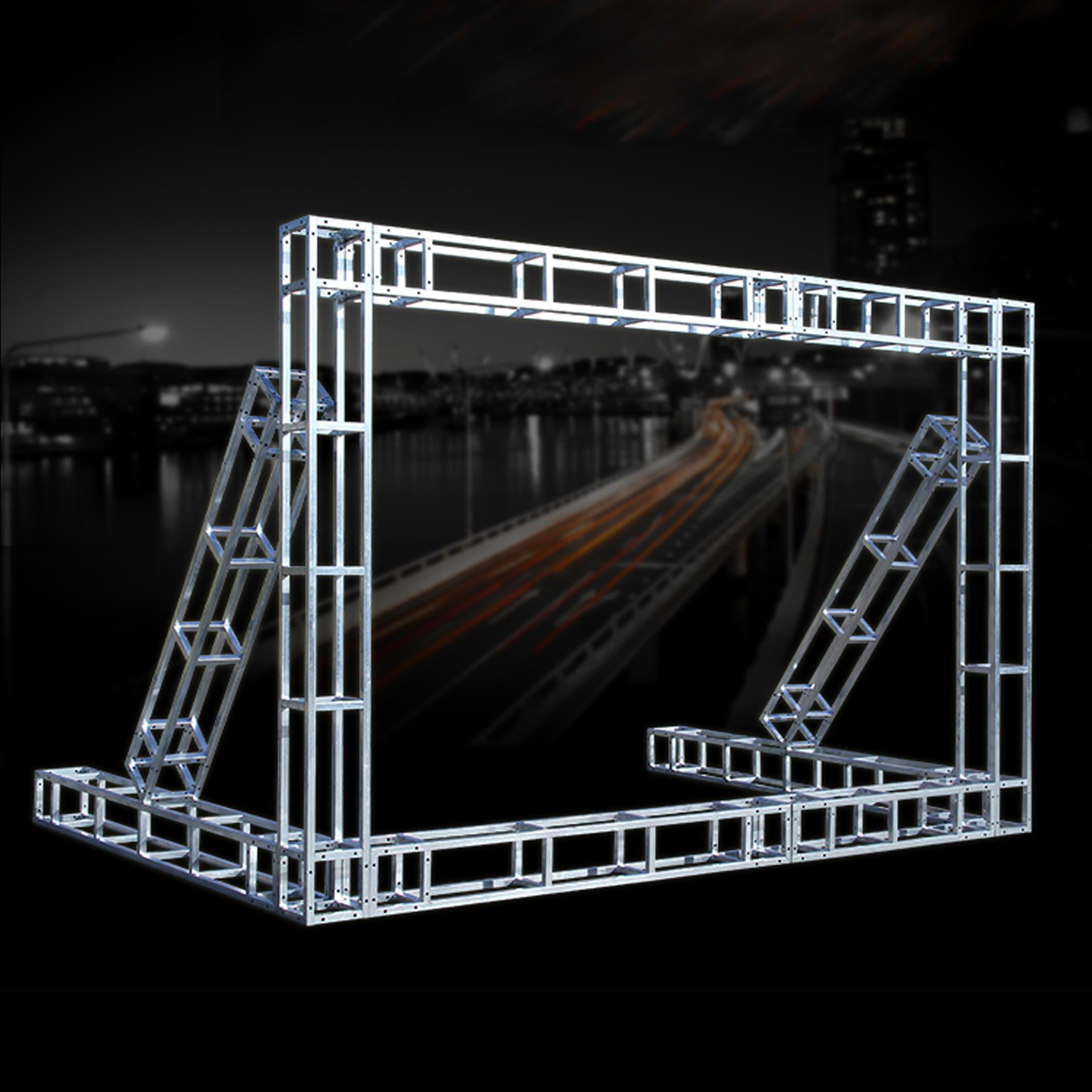Truss
-
-
-
-
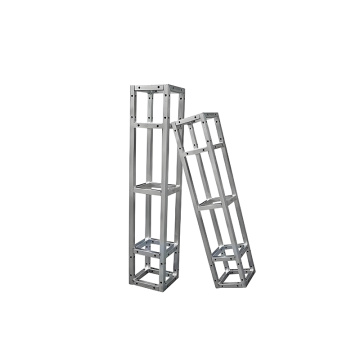
Modular Square Truss - Versatile & Easy Assembly
Contact Now
-
-
-
-
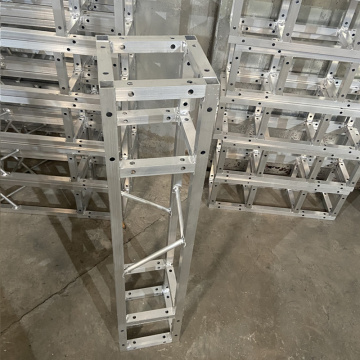
Square Truss Systems for Stage & Event Rigging
Contact Now
-
-
-
-
-
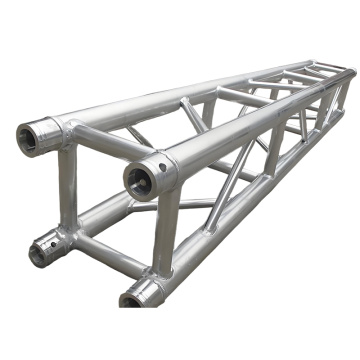
Modular Event Truss Systems for Stages & Exhibitions
Contact Now
-
-
-
-
-
-
-
-
-
-

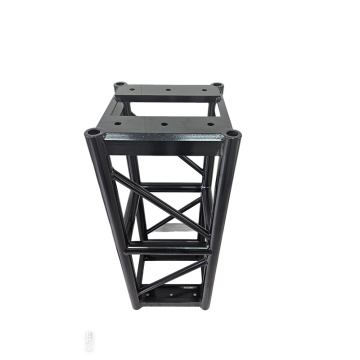
Aluminum Tube Truss for Stage & Event Rigging
Contact Now
-
Aluminum Alloy Stage Truss
-
-
-

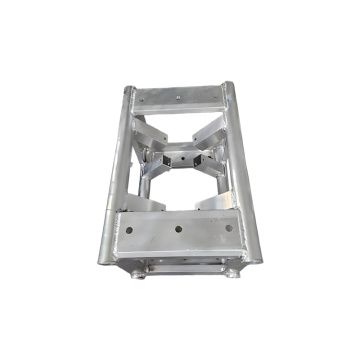
Professional Aluminum Truss System for Stages & Events
Contact Now
-
-
-
-
-
-
-
-

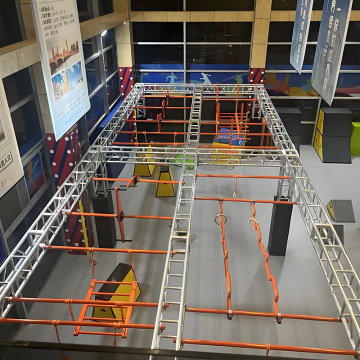
Scaffolding Systems & Solutions for Construction
Contact Now
-
-
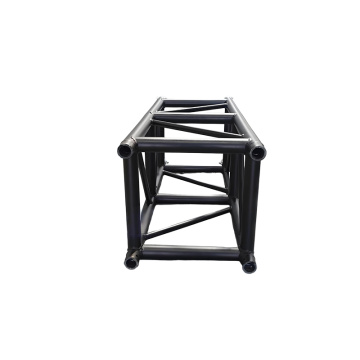
Pin-Lock Square Truss - Secure & Rapid Assembly
Contact Now
-
-
-
A Truss is a fundamental structural framework, essential in engineering and architecture. Composed of slender members connected at joints, it forms a rigid, lightweight structure capable of spanning large distances. Trusses are typically arranged in a series of triangles, as this geometric shape is inherently stable and cannot be distorted without changing the length of its sides.
The primary function of a truss is to efficiently transfer loads—such as the weight of a roof or a bridge deck—to its supports. Members are generally subject to either axial tension or compression forces, which allows for the use of materials very efficiently. This efficiency makes trusses both strong and material-conservative, leading to cost-effective solutions.
Common examples of truss applications include roof supports in buildings, bridges (both railway and road), radio towers, and crane booms. Their design can vary from simple planar configurations, like the King Post or Warren truss, to complex three-dimensional space frames, making them a versatile and indispensable element in modern construction.
Multiple bearing points, accommodating large-span structural systems.
Rational force distribution and high material utilization rate, thereby saving materials and reducing self-weight.Excellent cost-effectiveness, facilitating transport and assembly while reducing overall costs.Highly adaptable, allowing flexible adjustments to meet different engineering requirements.


